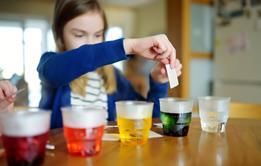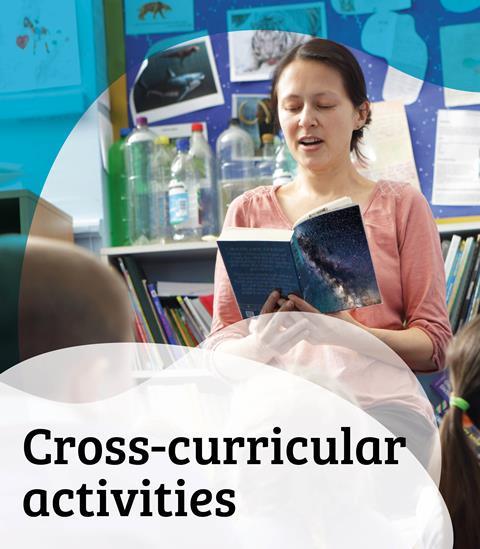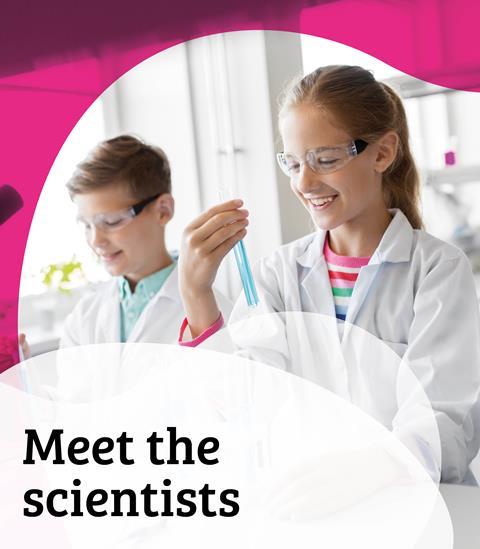Water, water everywhere, let’s purify it and have a drink! Explore how to purify your own water with this experiment
In this video, education coordinator Catherine demonstrates how the water cycle can be used on a smaller scale to purify water. This simple activity can be set for learners to try at home with a responsible adult or used as a classroom experiment.
Equipment list
- One big container, and a small container that fits inside the large one
- Cold water
- Contaminant like food colouring and salt
- Cling film
- Something heavy like a pebble, or a ball of blu-tac
Health and safety
- If trying the water afterwards, make sure all your equipment is clean beforehand.
- If using any non-food contaminants, do not drink the water at the end of the experiment.
Activity instructions
- Make your contaminated water by mixing in a contaminant like salt or food colouring into a small amount of water. Please note that the more water you use, the longer the experiment will take.
- Assemble the experiment with the smaller container inside the larger one. Pour the contaminated water into the larger outer container.
- Cover the whole experiment with cling film. If necessary, secure with tape or an elastic band.
- Place the weight (a pebble or ball of blu-tac) in the centre of the cling film, so that it creates a low point directly above the smaller container in the middle.
- Place the experiment in a sunny spot, and wait – you can observe the changes over time.
Explanation
The water cycle, consisting of evaporation, condensation and precipitation, is an important topic for learners, and this demonstration gives a great visual aid to understand what goes on in our atmosphere. It’s also a good way to show reversible changes and how the dissolved contaminant can be separated from the mixture, and how a liquid can change state into a gas and then back to a liquid.
If you’d like to contextualise this experiment, here are some ideas:
- In space, astronauts need to clean their limited supply of water.
- You need to purify sea water after finding yourself stranded on a desert island.
- The school has asked about the differences between diet fizzy drinks and full-fat, so you could see what happens when you try to evaporate the liquids and what’s left behind.
Also check out
- For this and other space-related experiments with water, check out the Life of Water experiment pack.
- Other separating mixtures experiments, like ‘heavy sugar’ to investigate the amount of sugar in a soft drink.
- More simple experiments using everyday equipment which your learners can try at home or you can bring to the classroom on our YouTube playlist.
- Read the CLEAPSS guidance on practical activities for pupils at home during extended periods of school closure, GL339.
- Read the SSERC guidance for primary home learning.
Downloads
How to purify water teacher notes
Editable handout | Word, Size 88.43 kbHow to purify water teacher notes
Editable handout | PDF, Size 33.77 kb
From kitchen to classroom

Simple chemistry experiments using kitchen cupboard equipment. Use in the classroom or set as an activity for learners to do at home with a responsible adult.
































No comments yet